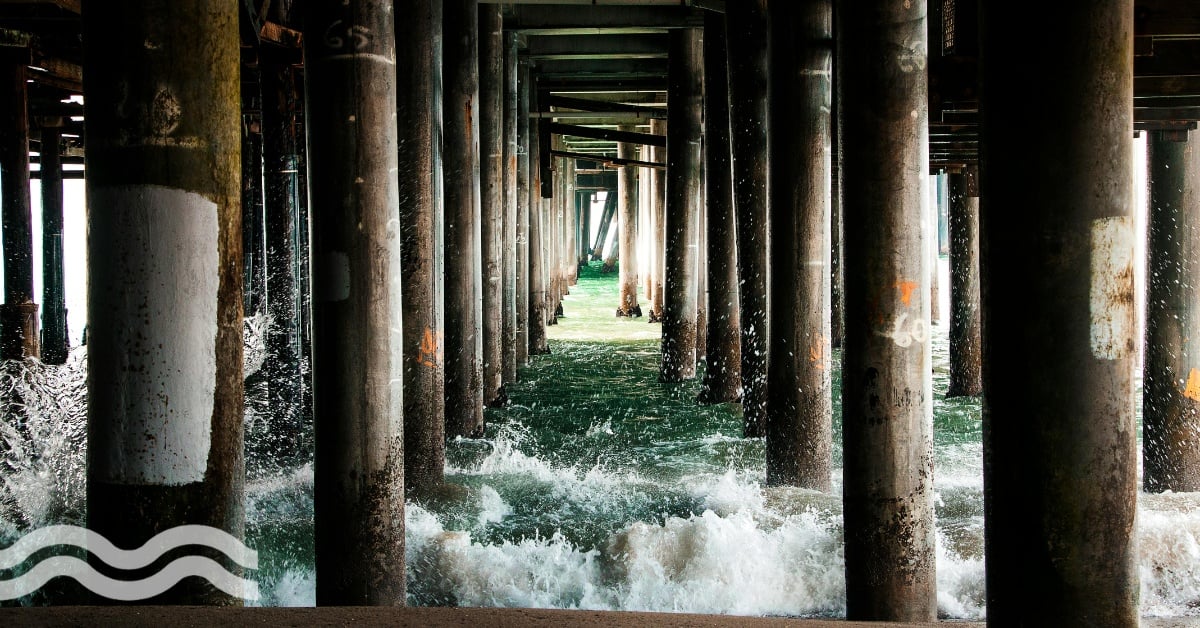
A new global challenge has been launched to come up with novel ways to recover and recycle brine…
$10k up for grabs as challenge aims to reduce brine impact
Water academics, scientists and engineers have been challenged to put their collective thinking caps on and come up with novel ways to help manage the disposal of brine.
A waste product from the water desalination process, brine has been called “one of the world’s great environmental challenges”.
Existing methods include the disposal of brine by pumping it back into the sea, or catchment areas where the salt is harvested.
The brine competition
Now an international competition has been launched by the Red Sea Development Company (TRSDC) together with King Abdullah University of Science and Technology (KAUST) to help recover and recycle this by-product.
The ambition is to “minimise brine discharge” and achieve “100 percent wastewater reuse” by identifying opportunities for brine reuse.
Deadline for entries is August 1, and five selected winners will present their solutions during the Amsterdam International Water Week, which includes Aquatech Amsterdam.
A total of three winners will be selected and eligible for a US$10,000 prize each with the long-term plan to be supported through angel-investment, as well as support from water desalination and reuse experts at KAUST.
Brine and the salty dilemma
Brine disposal and management came under the spotlight earlier this year after the United Nations (UN) backed a paper entitled 'The state of desalination and brine production: A global outlook'.
The paper referred to brine as a “salty dilemma”, stating that globally desalination plants collectively discharge 142 million cubic metres of hypersaline brine per day, which is a 50 percent increase on previous assessments.
Four countries were found to be responsible for 55 percent of global brine, including Saudi Arabia, UAE, Kuwait and Qatar.
Report authors from the United Nations University Institute for Water, Environment and Health (Canada), Wageningen University (Netherlands), and the Gwangju Institute of Science and Technology (Republic of Korea) found that Middle Eastern plants produced “four times as much brine per cubic metre of clean water as plants where river water membrane processes dominate”.
Lead author Edward Jones said at the time: “Brine underflows deplete dissolved oxygen in the receiving waters.”
He added: “High salinity and reduced dissolved oxygen levels can have profound impacts on benthic organisms, which can translate into ecological effects observable throughout the food chain.”
Solutions for the brine challenge
The good news is that solutions for brine recovery already exist and are being developed for both desalination applications and industrial water treatment.
A large number of metals and salts can effectively be “mined” from desalination plant effluent a variety of technologies. This includes sodium, magnesium, calcium, lithium and others, which can be reused in products, industry and agriculture.
However, the needed technologies are still “immature” and recovery of these resources remains “economically uncompetitive today,” the report authors added.
Estimates suggest there are already 40+ technology companies trying to enter the brine concentration market.
Columbia University School of Engineering and Applied Science recently claimed to have developed a process for hypersaline brines called temperature swing solvent extraction, or TSSE, for short.
A video on the process can be seen below:


